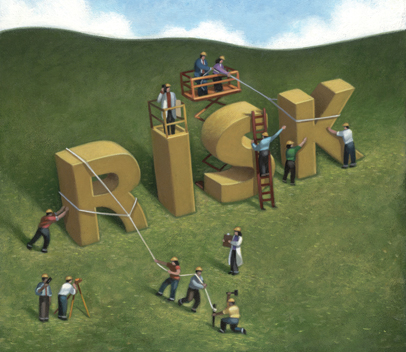A recent survey of Public Company Audit Committee Board Members about risk highlights the desire to focus more heavily on Information Technology ("IT") related risks. This is not surprising given that technological innovation continues at a rapid pace while it is also increasingly impacting every key facet of business today. The survey, conducted by the National Association of Corporate Directors and sponsored by KPMG, uncovered the following common board-level views about IT and other risk areas.
- They are not satisfied that their oversight of various IT risks is effective, or that the company's strategic planning process deals effectively with the pace of technology change and innovation.
- The one person they would most like to hear from more frequently is the CIO.
- They want to spend more time with the CRO and mid-level management/business-unit leaders; and few are satisfied that they hear dissenting views about the company's risks and control environment, or rate their company's crisis response plan as "robust and ready to go."
- The audit committee is devoting significant agenda time to legal/regulatory compliance risk, with the Foreign Corrupt Practices Act (FCPA), UK Bribery Act, and impact of the SEC's whistleblower "bounty" program of particular concern.





























